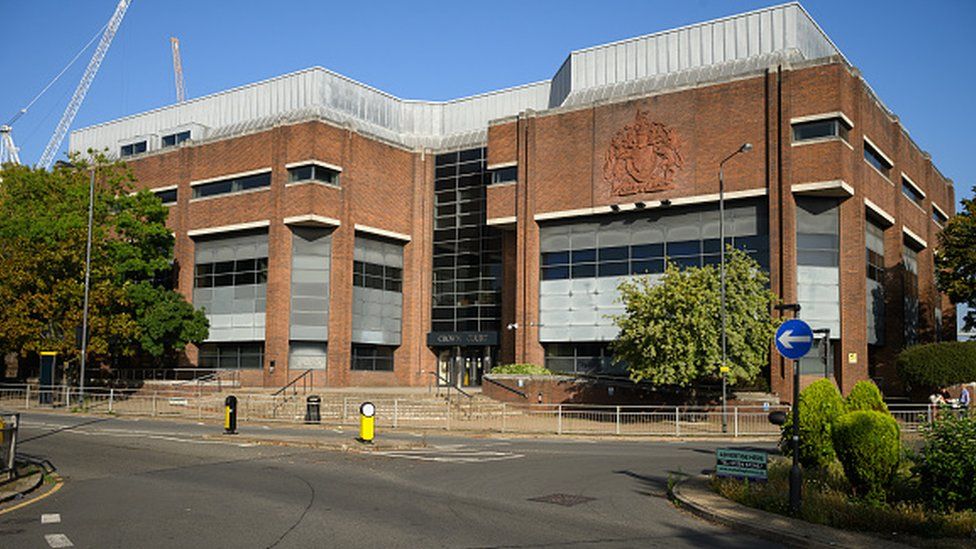ARTICLE AD BOX
 Image source, Getty Images
Image source, Getty Images
Harrow Crown Court has been shut for the foreseeable future after potentially dangerous concrete was found
By Henry Zeffman
Chief political correspondent
The government has ordered urgent tests on courts built in the 1990s after dangerous concrete was found at a site in north London, the BBC has learnt.
Harrow Crown Court closed indefinitely last month because reinforced autoclaved aerated concrete (RAAC) was found during improvement works.
Yet the court's closure came months after the government said it had identified and fixed court buildings which used the material.
The government declined to comment.
The tests on the courts come after more than 100 schools in England were told they could not fully open just days before the start of the autumn term because of safety fears over the use of RAAC.
In May, His Majesty's Courts and Tribunals (HMCTS), the agency responsible for courts, said it had conducted a survey in 2021-22 and identified six buildings of concern.
This amounted to about 2% of the total courts estate.
The government said at the time that the survey resulted in concrete being removed from the buildings affected, and that all courts had been "certified as safe".
But following inquiries by the BBC, the government said that Harrow Crown Court had not been included in that survey because it was opened in 1991.
The survey only examined court buildings opened in the 1960s, 1970s and 1980s because those were deemed to be the ones at risk.
A source at the Ministry of Justice told the BBC that they were complying with all statutory measures.
Labour accused the government of "complacency and incompetence". Emily Thornberry, the shadow attorney general, said the development "immediately calls into question every other instance across government when ministers have assured us that the necessary surveys have been conducted, or are nearing completion".
She added: "Labour has already called for an immediate and comprehensive audit of the extent to which this dangerous concrete is present in our public buildings, and this latest revelation just makes the need for that audit even more urgent.
"When on earth will someone in this wretched government take some responsibility and get a grip of this situation?"
RAAC has air bubbles inside it and has a limited lifespan. It was used in roofs, floors and walls between the 1950s and 1990s as a cheaper alternative to standard building concrete.

 1 year ago
27
1 year ago
27








 English (US)
English (US)